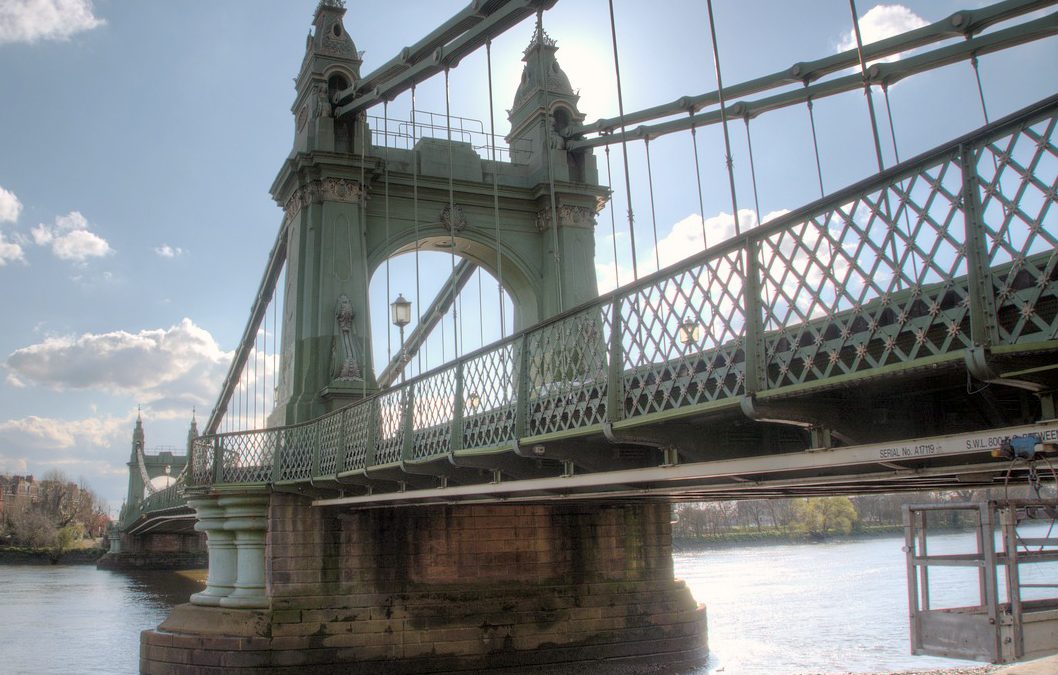Sign off from difficult council achieved
9th April 2024
Geoenvironmental • Geotechnical • Specialist Services
Our Client

Preliminary-Assessment
 The project comprised the renovation of an existing dwelling including small extension to the rear.
The project comprised the renovation of an existing dwelling including small extension to the rear.
A Desk-based review indicated the site to be underlain by superficial Langley Silt Member over superficial Kempton Park Gravel Member over bedrock deposits of the London Clay Formation.
The study also revealed a primary source of contamination could impact the site from a former electrical equipment and glass manufacturer – later used as a depot/yard – which was adjacent to the property.
As a minimum, a contamination risk assessment would be required, but historically the council might insist on a full Site Investigation.
Our Challenge
The Ground & Water Approach
A gap analysis on this information was undertaken, which showed the site had been suitably remediated, allowing for the risk from this source to be reduced. In conjunction with this the following was observed:
- The presence of hardstanding and the building across the majority of the site will reduce infiltration and leachate production from surface waters. The entire garden area (albeit small in nature) was all to be paved as well, reducing the available exposure pathways to any contamination that might remain.
- The presence of the Langley Silt Member reducing the migratory pathway between any Made Ground (if present) and the Kempton Park Gravel Member. The adjacent site investigation logs also confirmed the presence of the Langley Silt Member to depths between 1.70 – 2.00m bgl.
Following our contamination risk assessment, it was determined that no Site Investigation was required from a contamination perspective.
We determined that the client needed to provide an asbestos survey for the current building and for a discovery strategy to be implemented to ensure that as part of construction works, should any unexpected contamination be identified, it would be dealt with appropriately.
The next hurdle was getting this approved by the Environmental Health Officer (EHO), who is notorious for causing delays to projects. Whilst the Local Planning Authority must work proactively and in a positive manner with the applicant in accordance with the requirements of paragraph 38 of the National Planning Policy Framework (2021), this is often not found to be the case. The council’s EHO always provides hurdles to jump over, which is their preference rather than following industry guidance to proactively find a sustainable solution. Whilst this is tricky to overcome especially when vague minor queries are common, we meet with the EHO to allow for elaboration of the objections to find a way forward with each project we work on in this council.
The Outcome
